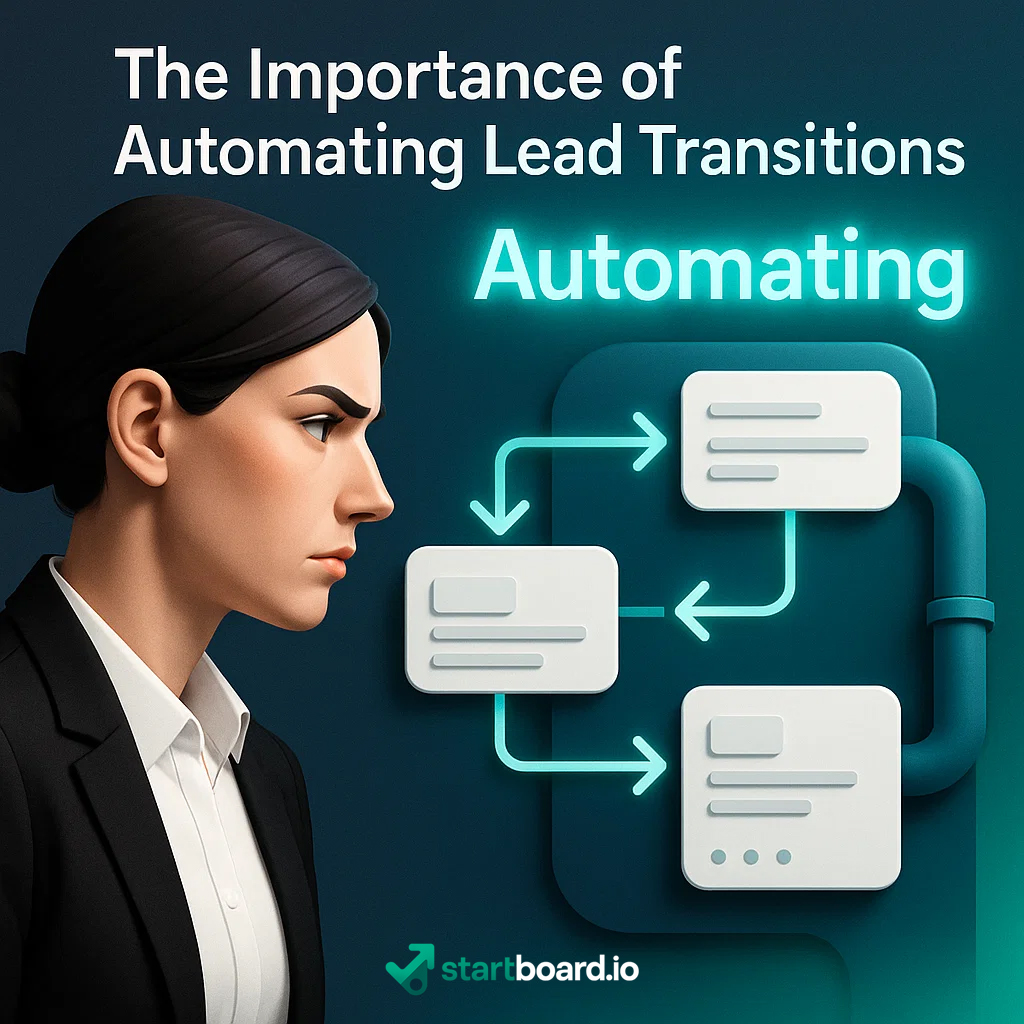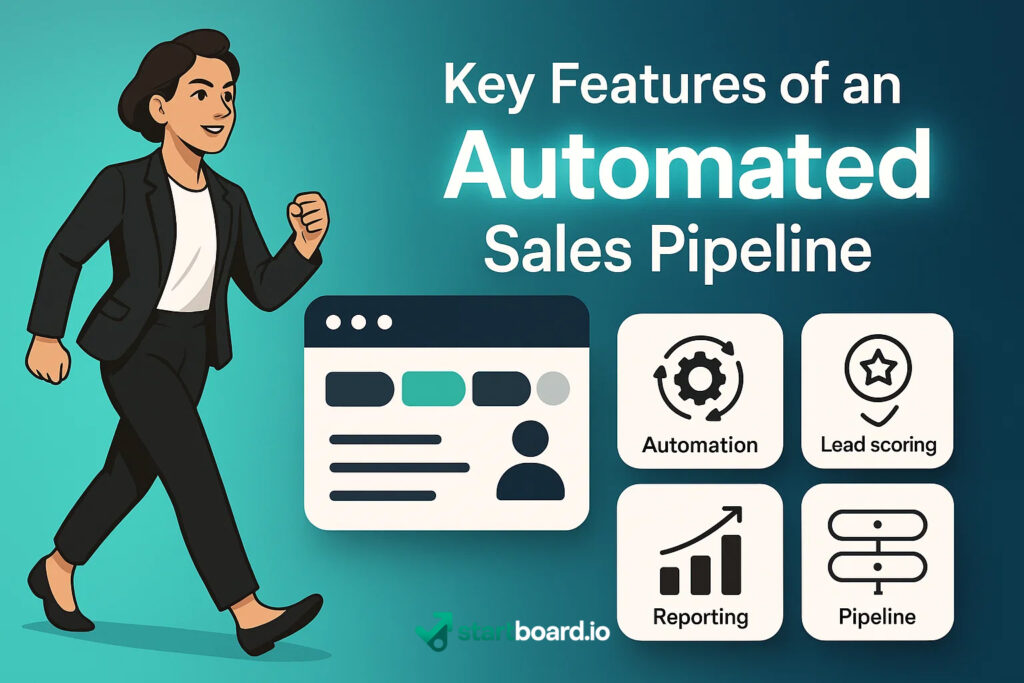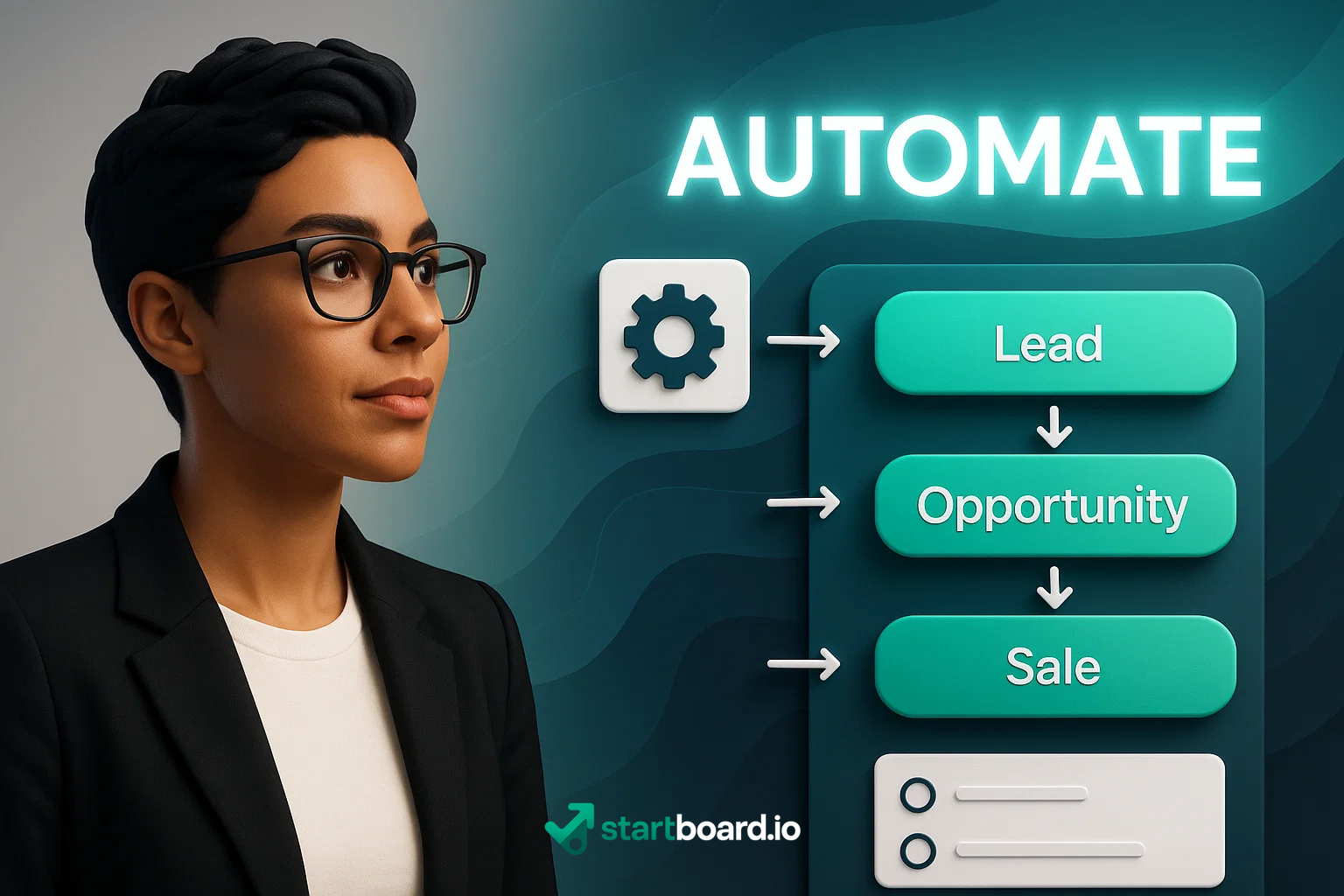Managing leads manually is like trying to catch water with your hands—no matter how hard you work, too much slips through the cracks. Lost opportunities, delayed follow-ups, and chaotic pipelines are all too common when your team is juggling spreadsheets, emails, and sticky notes.
But what if every new lead was automatically captured, nurtured, and handed off to sales at exactly the right moment—without you lifting a finger?
This isn’t just wishful thinking. Automating the transition from lead to sale is the new standard for fast-moving teams who want to scale, save time, and close more deals with less effort.
In this guide, we’ll break down why automation matters, the key features to look for, and how you can transform your pipeline from a bottleneck into a seamless, revenue-driving machine. Ready to level up your sales process? Let’s dive in.
The Importance of Automating Lead Transitions

The Hidden Cost of Manual Sales Processes
Manually tracking leads is a recipe for frustration. Opportunities slip through the cracks, follow-ups get delayed, and sales teams waste hours chasing information instead of building relationships. Inconsistent processes mean prospects can have wildly different experiences—some might receive timely responses, while others get lost in the shuffle.
Lost leads. Missed revenue. Unnecessary stress.
Why Automation Changes Everything
By automating the movement of leads through your pipeline, you eliminate busywork and human error. Every new contact is instantly captured, routed to the right stage, and prioritized for follow-up—no manual intervention required. This means:
- Greater Efficiency: Your team spends less time on admin and more time closing deals.
- Consistent Lead Nurturing: Every prospect gets timely, personalized communication, increasing their likelihood to convert.
- Higher Conversion Rates: Nothing slips through the cracks. Every qualified lead gets the attention it deserves, turning more opportunities into revenue.
Automation isn’t just about speed. It’s about delivering a seamless, professional experience at every step—helping your business stand out and your pipeline perform at its best.
With StartBoard, every lead is instantly added to your pipeline—automatically!
Focus on closing deals, not on data entry.
Key Features of an Automated Sales Pipeline

Lead Capture
No more manual entry or lost contacts. Automated forms and seamless integrations collect every new lead—whether they come from your website, email, or social channels—so nothing slips through the cracks.
Lead Scoring
Prioritize your pipeline in real time. Assign values to each lead based on their engagement, behavior, or profile, so your sales team always knows who’s ready to buy and who needs more nurturing.
Workflow Automation
Turn repetitive tasks into hands-off wins. Automatically trigger actions—like sending emails, assigning tasks, or moving leads to the next stage—based on how contacts interact with your business. Your team stays focused on selling, not clicking buttons.
Reporting & Analytics
Get instant clarity with real-time dashboards. Monitor the health of your pipeline, identify bottlenecks, and track performance across every stage. Make smarter decisions, faster.
In short:
An automated sales pipeline keeps your team organized, accelerates your sales cycle, and helps you scale—without missing a single opportunity.
Read our full guide to automating lead capture with intelligent forms.
How Automation Enhances Sales Team Performance
Time Savings
Manual data entry and repetitive follow-ups are productivity killers. With automation, your team instantly saves hours every week—freeing up more time for real conversations, closing deals, and building relationships.
Consistency
Every lead gets the same high-quality experience, every single time. Automation enforces standardized processes, so no opportunity gets lost or delayed, and your brand reputation stays strong at every touchpoint.
Scalability
Grow your pipeline without growing your payroll. Automation lets your team handle ten, a hundred, or a thousand leads at once—without missing a beat. That means you can scale your business, crush targets, and stay lean, no matter how fast you grow.
Bottom line:
Automation isn’t just about efficiency. It’s about empowering your sales team to perform at their best, focus on what matters, and never leave revenue on the table.
Implementing Automation in Your Sales Process
Assessment
Start by mapping out your current sales process. Identify bottlenecks, manual tasks, and where leads are slipping through the cracks. The goal: know exactly what you want automation to solve before making any changes.
Tool Selection
Not all platforms are created equal. Choose a CRM or automation solution that fits your business size, sales model, and integration needs. Look for features like customizable workflows, lead scoring, and real-time reporting.
Integration
Your tools need to talk to each other. Make sure your CRM, email, calendar, and marketing platforms connect smoothly—so data flows automatically, and your team always has up-to-date information at their fingertips.
Training
A new tool is only as good as the people using it. Provide hands-on training and clear documentation to help your sales team master the new workflows. Encourage feedback, address questions early, and celebrate small wins as your team adapts.
Pro tip:
Treat automation as a continuous improvement process—review, adjust, and optimize as your sales strategy evolves.



